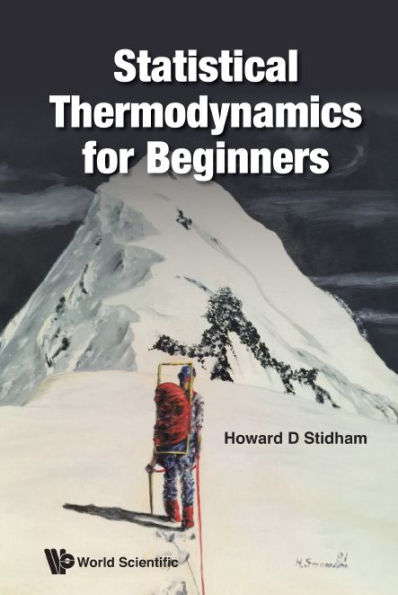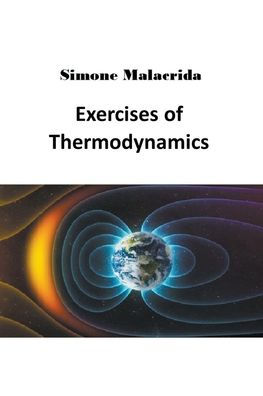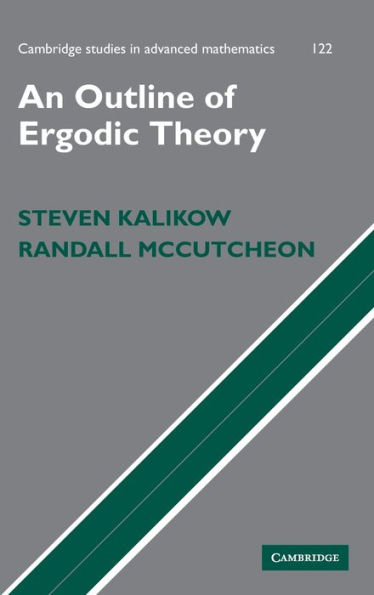Home
An Outline of the Theory of Thermodynamics
Loading Inventory...
Barnes and Noble
An Outline of the Theory of Thermodynamics
Current price: $8.99


Barnes and Noble
An Outline of the Theory of Thermodynamics
Current price: $8.99
Loading Inventory...
Size: OS
*Product Information may vary - to confirm product availability, pricing, and additional information please contact Barnes and Noble
THE study of thermodynamics is customarily approached, in treatises and text-books, from a point of view to a great extent the reverse of that which is adopted in opening up the subject of dynamics. In dynamics, the usual treatment is essentially theoretical, as opposed to experimental. Newton's laws of motion are regarded as axiomatical; the second and third laws are employed to afford quantitative definitions of force and mass respectively, the parallelogram of forces is practically assumed, and all which follows is mere mathematics. It is only quite recently that the possibility of teaching dynamics from a more experimental standpoint has been seriously considered.
In thermodynamics it is usual to go to the other extreme. Temperature is defined in the first place by a common thermometer, calorimetry is treated largely in its experimental aspect, and the first law of thermodynamics thus becomes more closely associated in the reader's mind with joule's experiments on the "mechanical equivalent of heat" than with its interpretation as affording a definition of "quantity of heat." The ordinary treatment of the mechanical equivalent of heat would, in fact, have an analogue in dynamics if we were to start with the pound weight as unit of force, and to define the constant g as the "kinetical equivalent of force."
Of recent years a great impetus has been given to the study of higher thermodynamics by the development of physical chemistry based on the theories first enunciated by Willard Gibbs. The experimental study of what at first was a purely mathematical investigation plays a part in the history of science closely analogous with the experimental verifications of Maxwell's theory by Hertz's discovery of electromagnetic waves. This new development has, to quote Mr. Buckingham's own words, caused "a considerable gap between the text-books available and the modern memoirs." Mr. Baynes's treatise, so long the favourite English introduction to thermodynamics, does not deal with thermodynamic potentials, yet it is with the study of these functions that modern thermodynamics is primarily occupied. Several subsequent attempts have been made to produce text-books on thermodynamics, but their writers have generally introduced long digressions on extraneous matter while omitting many of the most important features of the theory.
What we have been wanting was, in the first place, an application to thermodynamics of the same deductive methods that have been used in building up other connected theories, such as rational dynamics and hydrodynamics, and, in the second place, an introduction to the study of the thermodynamic potential, the conditions of thermodynamic equilibrium and stability for a generalised system the state of which is defined by any number of variables, and not merely by two of the pressure, volume temperature triad, and, lastly, an exposition of the phase rule. In compiling this book Mr. Buckingham is practically alone in the field, and the result of his efforts will greatly remove the difficulties which most students experience in acquiring a knowledge of thermodynamics.
—Nature, Volume 63 [1901]


















